The 7 most freakishly accurate ways science fiction predicted the future
In 1998, Octavia Butler predicted Donald Trump.

In 1911, Hugo Gernsback predicted Skype.
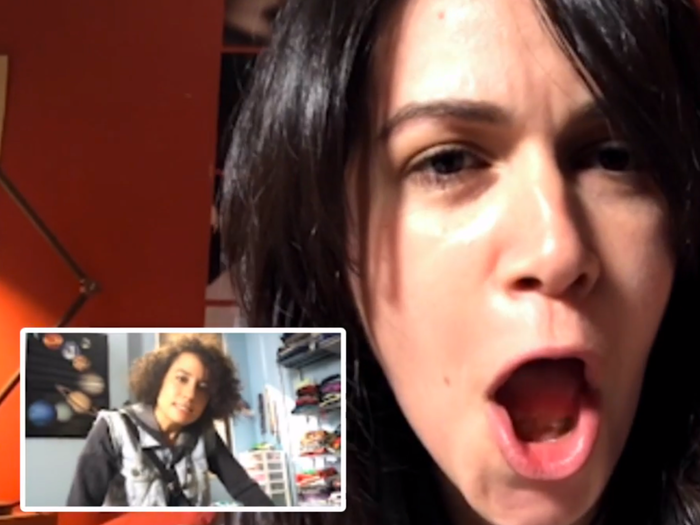
The early science fiction novel "Ralph 124C 41+" by Hugo Gernsback made a number of stunning predictions, including solar power, radar, and television. But most stunning for a novel written in the silent film era was his vision of a two-way visual communication system using cameras and screens — one that looks a lot like Skype, Facetime, and other video conference systems.
In the 1960s, Star Trek predicted the smartphone.
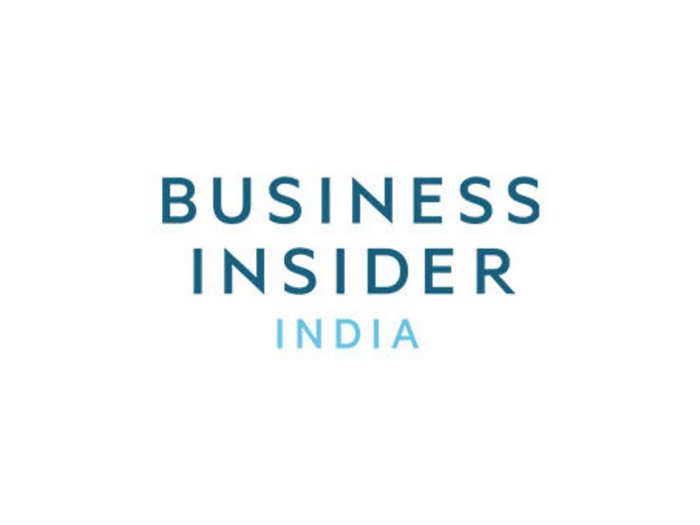
If there's a single gadget that defines the modern era, it's the smartphone — part computer, part navigator, part communications device, and small enough to fit in your pocket.
The first true cell phones hit the market in the 1980s, early Blackberry smartphones in the late '90s, and the iPhone in 2010. But the original "Star Trek" series introduced the communicator — essentially a powerful smartphone without a screen — back in 1966. And Martin Cooper, who helped invent the mobile phone at Motorola, credits the fictional device with inspiring the innovation.
It even flips!
In 1865, Jules Verne predicted the moon landing.
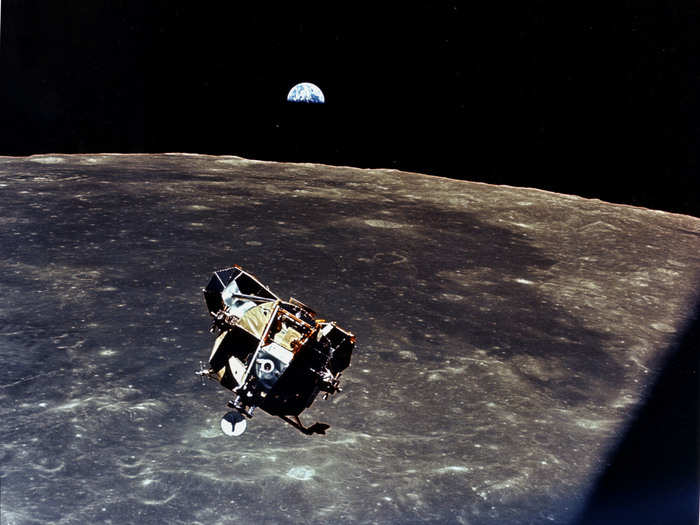
The legendary science fiction adventure author Jules Verne, in one of his less-well-known books, "From the Earth to the Moon," described a trio of astronauts launching from Earth's surface to land on the Moon.
As in the real Apollo 11 mission 104 years later, the adventurers take off from Florida and return to land in the Pacific Ocean. Unlike the real moon landing, they fire their craft out of a giant gun instead of riding a rocket.
Konstantin Tsiolkovsky, considered the father of rocketry in the early 20th Century, cited the novel as one of his inspirations.
In 1968, Arthur C. Clarke predicted the iPad.
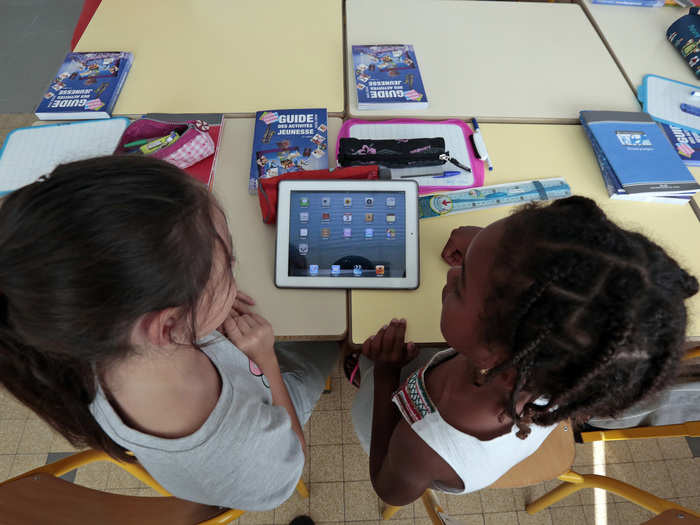
Arthur C. Clark's most famous story, the 1968 novel "2001: A Space Odyssey" is notable for many big, important ideas and the classic film it inspired. It also featured characters using "newspads" — thin computers that characters controlled by tapping directly on their screens and used to follow the news of the world. Sound familiar?
In 2003, Margaret Atwood predicted some of the creepiest modern genetics research.

In her unnerving speculative novel "Oryx and Crake," Margaret Atwood looked at trends in genetics research and imagined where they might be headed.
As Science Friday writers Julie Leibach and Nicole Wetsman note, a number of her predictions seem to be coming true: goats that produce spider silk in their milk, green glowing bunnies, smart clothes, and even human organs grown in livestock.
In 1969, John Brunner predicted Twitter and 'President Obomi.'
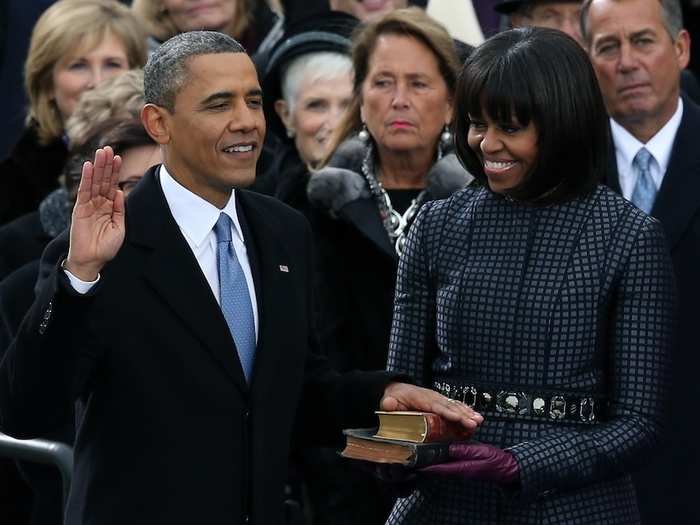
John Brunner's strange, ecstatic 1969 novel "Stand on Zanzibar" doesn't get a fraction of the credit it deserves as a great work of mid-century sci-fi. If it did, more people might know about the eerie coincidences — and accurate predictions — in its plot. Ted Gioia compiled a long list of these at The Millions.
Here are the big ones.
Set in 2010, the story imagines a world with a vast social network that media organizations use to put out news in short bursts, and receive real-time feedback from their fans. The Soviet Union has lost power, and China stands as the most important US rival. America has largely left Jim Crow behind, but institutional racism persists. And, most bizarrely, there's a major world leader named President Obomi.
Popular Right Now
Popular Keywords
Advertisement